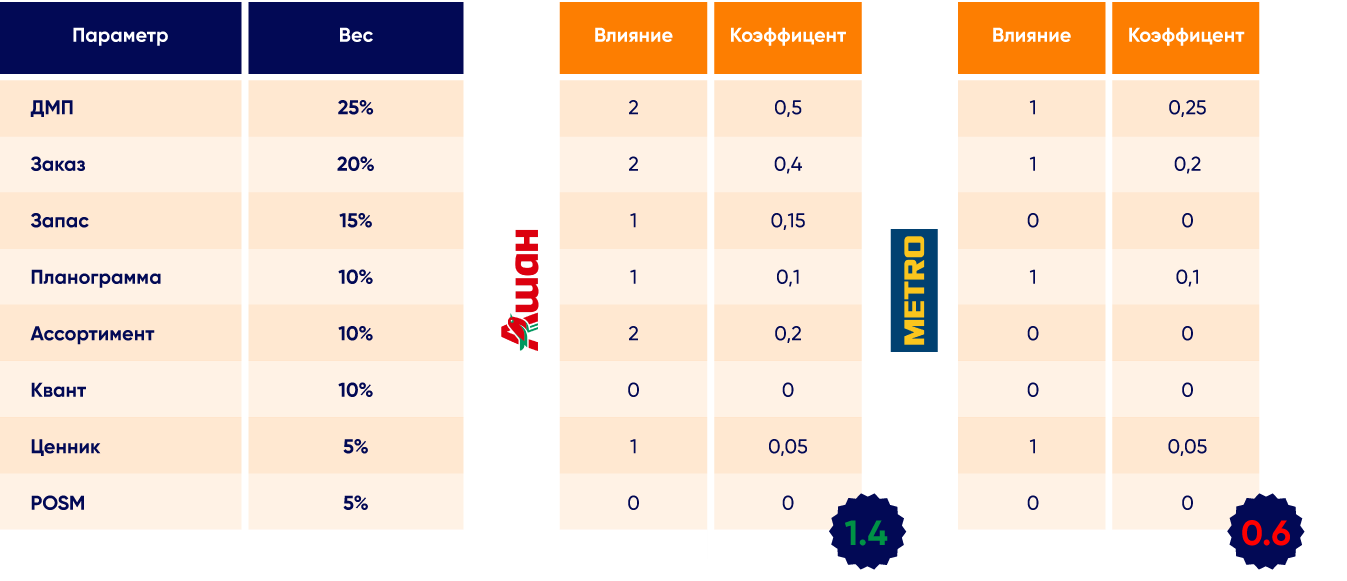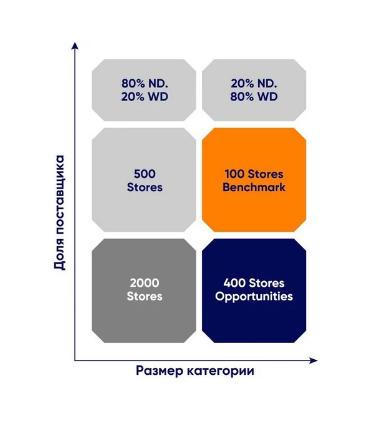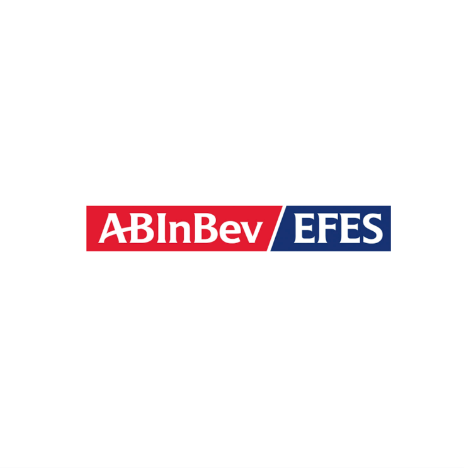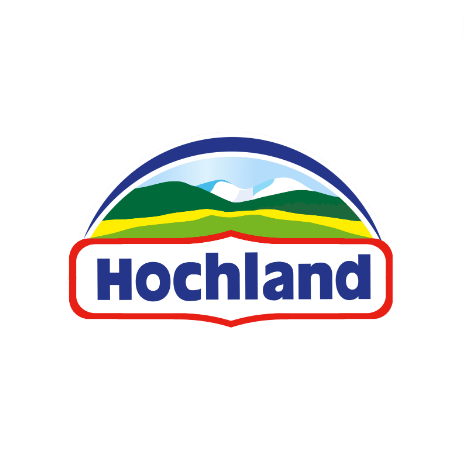Segment analytics based on OFD data processing and field research
The merchandising strategy at all stages is related to the integrated analytics of network sales data (OFD receipts) and field observations
Our manager will tell you more about the model and answer your questions
The merchandising strategy at all stages is related to the integrated analytics of network sales data (OFD receipts) and field observations
Clustering of points and introduction of merch coefficient for the formation of an effective address program
Based on the results of the campaign, specialists provide clients with maximum accuracy data on the timeliness of the start of the promotion, expansion of the target program and increase in the share of sales.
Interim performance evaluation based on Image Recognition systems and mobile data
Every two weeks we evaluate the result in terms of the effectiveness of the merchandisers' actions; if the result is not satisfactory and does not meet the stated goals, the work of the field staff is adjusted.
KPI is developed individually for the client with full immersion in the tasks of the manufacturer brand. Shelf share ≥ share in assortment ≥ share in sales. Alerts for points with a low share. Individual processing of points by a supervisor. Assessment of the processing of alerts on offtakes

An innovative approach helps achieve maximum efficiency and profitability of sales through retail. Gradus provides clients with exclusive, reliable data that allows them to optimize merchandising costs and achieve greater efficiency. Innovative merchandising solutions are an integrated product that organically combines self-learning database analytics algorithms (POS data and fiscal data operators), retail chain store rating mechanisms, real-time analysis of IMAGE Recognition results, and route optimization systems.
Experts at Gradus Advertising Agency believe that merchandising is based on extensive data and analytics, an understanding of the specifics of each individual point of sale, and the rapid online processing of mobile data.
We are already integrating tools and analytical data into the processes of building a merchandising model, which allows teams to make decisions based on accurate analytics, rather than overly relying on intuition and experience.
The time spent developing planning reports manually is offset by automated predictive analytics. Automated tools take on the bulk of routine tasks, such as promoting and planning merchandising strategies, advertising, and making adjustments to the assortment, with greater efficiency and effectiveness, as well as better performance.

However, there is another factor that affects merchandising effectiveness. In one chain, a merchandiser can perform certain actions, while in another, they are tied hand and foot and can do nothing but audit and take photos of product placement on the shelf. Gradus has collected this information and created a unified rating of chains. Company specialists, before "activating" merchandisers, assess the potential of each point, forming a rating of points to go to first. Thus, merchandising becomes more effective and 100% recoups the funds invested in it. The merchandiser efficiency calculator is developed based on network data and their correlation with the level of merchandiser influence on the sales process.


Innovative merchandising solutions based on retail outlet analytics can help manufacturers achieve their stated sales plan. At Gradus, they carefully approach the selection of an address program and the identification of points where to send a merchandiser. According to the well-known Pareto rule, 20% of points make 80% of sales. Gradus analysts identify these 20%, focusing not on SKU sales, but on the analysis of the category as a whole. Based on sales data, the entire address program where the manufacturer is represented is analyzed, reference points where the product sells best are selected, the reason is identified, the potential of other points is assessed, and the order of actions for the merchandiser is determined.

Online reporting system allows you to control the work of field employees, instantly receive reports, and control data.

Reduces report generation time (by up to 70%). Increases the volume of collected data (across the entire category). Reduces store audit costs (by up to 80%).

Automatic customer database analysis, address matching based on the database. Route formation with flexible and fixed visit schedules. Ability to generate samples for retail research.

Online courses, a complete catalog of learning materials, attendance and activity tracking, and a mobile application.









